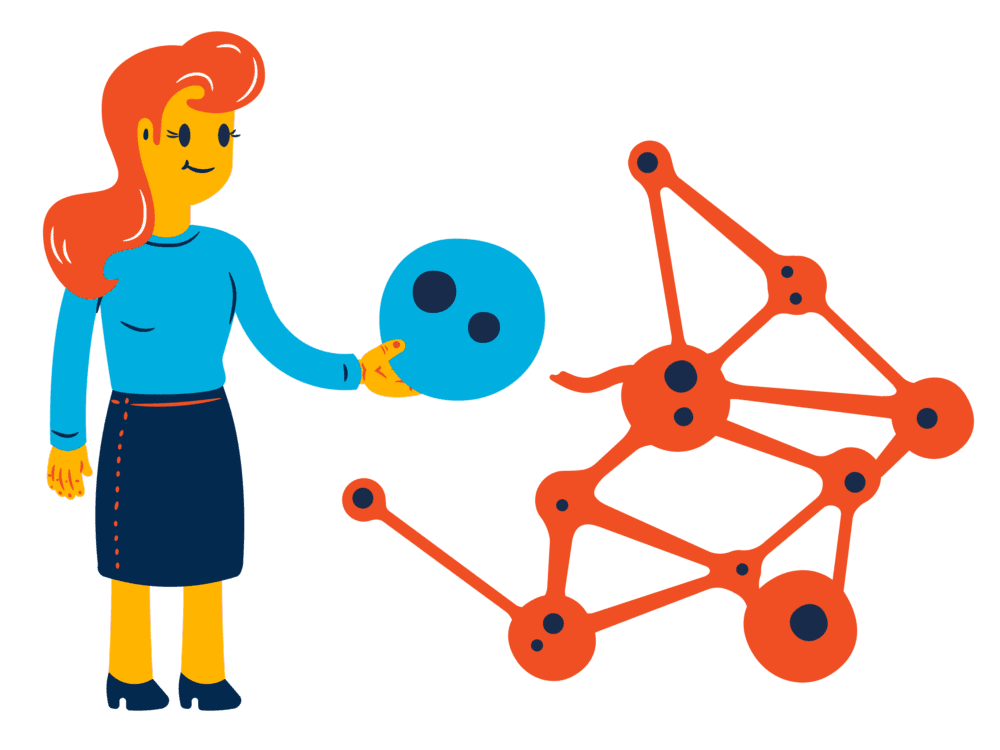The human body operates like a finely tuned machine, with systems working harmoniously to maintain balance and respond to various stimuli. Among these systems, the sympathetic and parasympathetic nervous systems play crucial roles. They work in tandem, regulating vital functions and directing the body’s responses to internal and external stimuli. Understanding these systems is key to comprehending how our bodies manage stress, relaxation, and overall well-being.
Sympathetic Nervous System
The sympathetic nervous system, also called the “fight-or-flight” response system, mobilizes the body’s resources in times of stress or danger, preparing it to confront or flee from perceived threats. This system functions in situations ranging from encountering a predator to facing a challenging deadline at work.
Functions
- Activation of Stress Response: When the sympathetic nervous system is triggered, it stimulates the release of stress hormones like adrenaline and noradrenaline from the adrenal glands. These hormones increase heart rate, blood pressure, and respiration, preparing the body for action.
- Dilation of Pupils: To enhance visual perception and awareness, the sympathetic nervous system causes the pupils to dilate, allowing more light to enter the eyes.
- Inhibition of Digestion: Digestion is slowed down or temporarily halted during sympathetic activation, as the body conserves energy for more immediate needs.
- Increased Blood Flow to Muscles: Blood flow is redirected from non-essential organs, such as the digestive system, to the muscles, providing oxygen and nutrients needed for physical exertion.
- Heightened Mental Alertness: The release of adrenaline sharpens focus and increases alertness, facilitating quick decision-making and action.
Impact on the Body:
While the sympathetic response is vital for survival in threatening situations, chronic activation can have detrimental effects on health. Prolonged stress can lead to issues such as hypertension, weakened immune function, and digestive disorders. Managing stress through relaxation techniques and lifestyle changes is crucial for maintaining a healthy balance in the sympathetic nervous system.
Parasympathetic Nervous System
In contrast to the sympathetic nervous system, the parasympathetic nervous system known as the “rest and digest” or “feed and breed” system. It promotes relaxation, digestion, and restoration, counterbalancing the effects of stress and facilitating recovery.
Functions
- Restoration of Homeostasis: The parasympathetic nervous system works to restore the body to a state of equilibrium after the activation of the sympathetic response. It promotes relaxation and calms the body’s physiological functions.
- Stimulation of Digestion: Digestive processes work better during parasympathetic activation, as the system promotes the secretion of enzymes and increases blood flow to the digestive organs.
- Constriction of Pupils: Unlike the sympathetic system, the parasympathetic nervous system causes the pupils to constrict, aiding in near vision and reducing sensitivity to light.
- Lowering of Heart Rate and Blood Pressure: Parasympathetic stimulation slows down heart rate and reduces blood pressure, promoting a state of relaxation and calm.
- Enhanced Immune Function: Research suggests that parasympathetic activation may support immune function, contributing to overall health and well-being.
Impact on the Body
A balanced parasympathetic nervous system is essential for overall health and vitality. Practices such as meditation, deep breathing exercises, and adequate sleep can help stimulate the parasympathetic response, promoting relaxation and reducing the risk of stress-related disorders.
Conclusion
The sympathetic and parasympathetic nervous systems play complementary roles in regulating the body’s responses to stress and relaxation. While the sympathetic system prepares the body for action in times of danger, the parasympathetic system promotes relaxation and restoration. Maintaining a balance between these two systems is crucial for overall health and well-being. By understanding how these systems function and implementing strategies to support their balance, we can optimize our physiological responses and enhance our quality of life.
Ready to begin? Start your online therapy journey today. Book your first session now.




